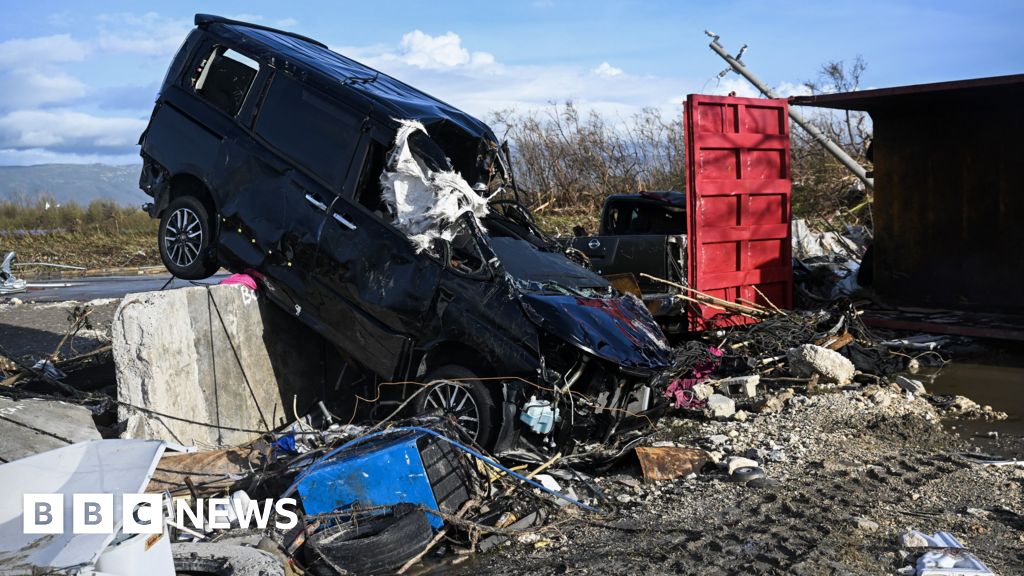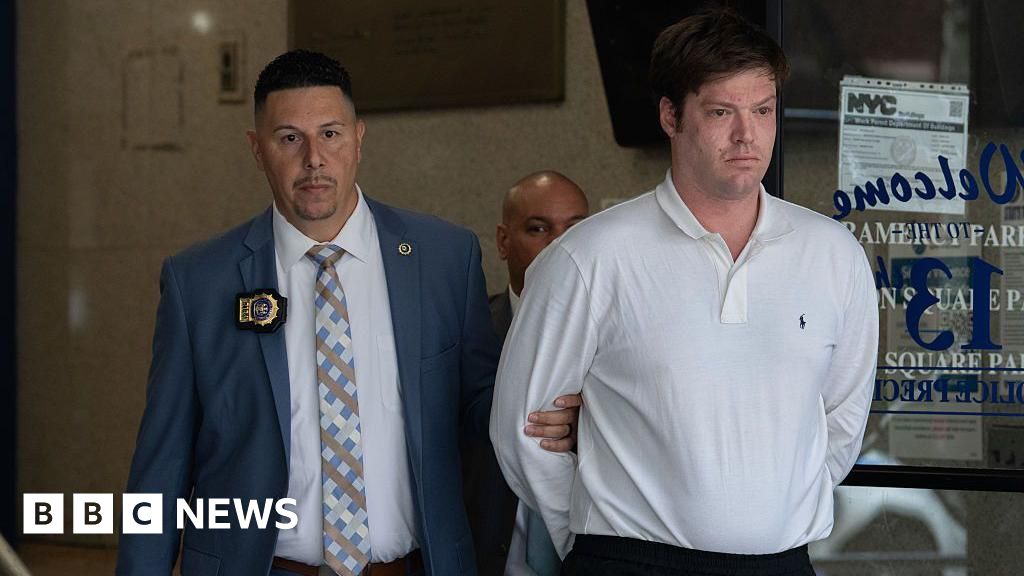
The number of people killed in Jamaica as a result of Hurricane Melissa has risen to 28, the Caribbean nation’s prime minister has announced.
Andrew Holness confirmed nine other deaths on Saturday, adding that there were reports of possible fatalities still being verified – suggesting the figure may yet rise.
Emergency responders and aid agencies have struggled to reach certain parts of the island in the aftermath of the storm due to blocked roads, debris and flooding.
The category five hurricane – the strongest type – has caused dozens of deaths across the Caribbean, bringing powerful winds and landslides to Cuba and Haiti.
The full scale of the destruction Melissa wrought on Jamaica has only become clear in the past few days as the hurricane knocked out communication systems and power to much of the island after it made landfall on Tuesday.
Communities on the island’s western portion, such as Black River and Montego Bay, have seen the worst of the destruction.
Images have emerged showing buildings razed to the ground, debris and belongings strewn on streets, and whole neighbourhoods still under floodwater.
The Red Cross says that 72% of people across Jamaica still do not have electricity and around 6,000 are in emergency shelters.
Jamaican officials confirmed to news agency AFP that multiple field hospitals were being established to treat people in the worst-affected areas in the west.
Aid reaching those in need was initially held up by the temporary closure of Jamaica’s airports.
Now that it is arriving in the country, landslides, downed power lines and fallen trees have made certain roads impassable – complicating its distribution.
With so many in need of clean drinking water, food and medicine, there have been reports of desperate people entering supermarkets and pharmacies to gather what they can.
Melissa has become the most powerful storm on record to hit Jamaica, and one of the strongest seen in the Caribbean.
At its peak, the hurricane had sustained winds of 185mph (295 km/h). A category five hurricane – those capable of catastrophic damage – has winds in excess of 157mph.
At least 31 people have been killed in Haiti as a result of Melissa, while at least two deaths have been reported in the Dominican Republic.
In Cuba, thousands of people have been evacuated as more than 60,000 homes have been damaged or destroyed.
The impact of climate change on the frequency of storms is still unclear, but increased sea surface temperatures warm the air above and make more energy available to drive hurricanes, cyclones and typhoons. As a result, they are likely to be more intense with more extreme rainfall.
Ahead of the start of this year’s Atlantic hurricane season, the US National Oceanic and Atmospheric Administration predicted above-normal activity.



